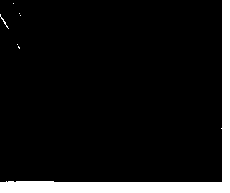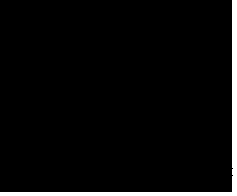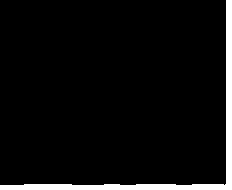Hydrogel dressing capable of promoting wound healing and preparation method thereof
A wound healing and hydrogel technology, applied in the field of hydrogel dressing and its preparation, can solve the problems of poor air permeability and toxicity, no promotion effect on wound healing, etc., and achieves the effects of high water content, no toxic side effects, and scar inhibition.
- Summary
- Abstract
- Description
- Claims
- Application Information
AI Technical Summary
Problems solved by technology
Method used
Image
Examples
Embodiment 1
[0031] Main ingredients: glycerin 25%, water 65%, sodium polyacrylate 4.5%, sodium carboxymethylcellulose 5.5%; sodium polyacrylate and sodium carboxymethylcellulose form the skeleton material; excipients: sodium hyaluronate 0.1%, Tartaric acid 0.1%, disodium edetate 0.01%, aluminum glyoxate 0.1%, ethylparaben 0.1%, kaolin 0.5%, lavender essential oil 0.01%, asiaticoside 0.01%; Joint agent, kaolin as filler, lavender essential oil and asiaticoside constitute the essence.
[0032] The mixed system of sodium polyacrylate, sodium carboxymethylcellulose, aluminum glyoxate, kaolin, disodium edetate and ethylparaben is evenly dispersed in glycerin as the oil phase component. Add tartaric acid into water and stir evenly as the water phase component. The oil phase component is added to the water phase component, and then lavender essential oil and asiaticoside are added, and stirred evenly under vacuum condition to obtain a hydrogel solution. The above-mentioned hydrogel solutio...
Embodiment 2
[0034] Main ingredients: glycerin 35%, water 60%, sodium carboxymethyl cellulose 0.5%, sodium polyacrylate 4.5%; sodium polyacrylate and sodium carboxymethyl cellulose form the skeleton material; excipients: sodium hyaluronate 0.3%, Tartaric acid 0.2%, disodium edetate 0.01%, aluminum glycylate 0.1%, ethylparaben 0.2%, crospovidone 1.5%, lavender essential oil 0.01%, arbutin 0.01%; Aluminum is used as a crosslinking agent, crospovidone is used as a filler, and lavender essential oil and arbutin form the essence.
[0035] Sodium polyacrylate, sodium carboxymethyl cellulose, aluminum glycylate, crospovidone, disodium ethylenediamine tetraacetate, and ethylparaben are uniformly dispersed in glycerin as the oil phase components. Add tartaric acid into water and stir evenly as the water phase component. The oil phase component is added to the water phase component, and then lavender essential oil and arbutin are added, and stirred evenly under a vacuum condition to obtain a hydrog...
Embodiment 3
[0037] Main ingredients: 30% glycerin, 60% water, 6.5% sodium polyacrylate, 3.5% povidone K-30; among them, sodium polyacrylate and povidone K-30 form the skeleton material; excipients: sodium hyaluronate 0.5%, Tartaric acid 0.15%, disodium edetate 0.1%, aluminum glycolate 0.2%, ethylparaben 0.2%, crospovidone 0.5%, growth factor 0.01%; wherein aluminum glycolate is a cross-linking agent, The cross-linked povidone is the filler, and the growth factor is the essence component.
[0038] The mixed system of sodium polyacrylate, povidone K-30, aluminum hydroxide, crospovidone, disodium ethylenediamine tetraacetate, and ethylparaben is uniformly dispersed in glycerin as the oil phase component. Add tartaric acid into water and stir evenly as the water phase component. The oil phase component is added to the water phase component, and growth factors are added, and stirred evenly under vacuum conditions to obtain a hydrogel solution. The above-mentioned hydrogel solution is uniform...
PUM
 Login to View More
Login to View More Abstract
Description
Claims
Application Information
 Login to View More
Login to View More - R&D
- Intellectual Property
- Life Sciences
- Materials
- Tech Scout
- Unparalleled Data Quality
- Higher Quality Content
- 60% Fewer Hallucinations
Browse by: Latest US Patents, China's latest patents, Technical Efficacy Thesaurus, Application Domain, Technology Topic, Popular Technical Reports.
© 2025 PatSnap. All rights reserved.Legal|Privacy policy|Modern Slavery Act Transparency Statement|Sitemap|About US| Contact US: help@patsnap.com



